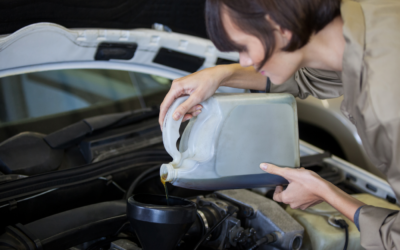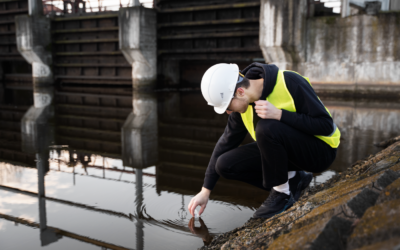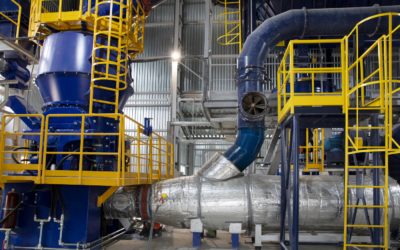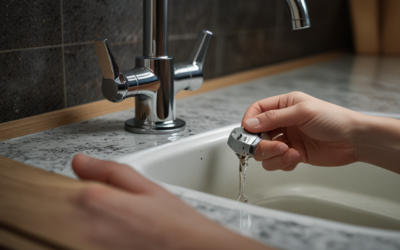Having low water pressure in your home can be frustrating, especially when you need to do simple tasks such as taking a shower or washing dishes. Poor water pressure can disrupt your daily routines and waste time. Here are some tips and tricks you can use to boost water pressure in your home.
Identifying the Cause
First, you need to identify the cause of low water pressure. If the problem only occurs in certain areas of the house, it may be an issue with the specific plumbing fixture. Clogging in the aerator may be the reason, which can be easily remedied by soaking in white vinegar. If the problem persists, it may be an issue with the pipes. In this case, it may be best to call a professional plumber.
If low water pressure occurs throughout the house, the cause may be more complex. One possible reason is a leak. Check the pressure gauge on the water meter. If the reading is higher than usual, it may indicate water leakage in the plumbing system. In this case, it is best to call a licensed plumber to assess the situation.

Check Water Valves
Another easy solution is to check the water valve. If the valve is not fully open, it may be causing low water pressure. Ensure that the valve responsible for supplying water to your home is fully open. Additionally, check the valve in the water meter box. If the valve is partially closed, it may be hindering water flow. Make sure it is open all the way.
Clean Pipes
Over time, pipes may get clogged, reducing water pressure. Clean pipes can improve water pressure in your home. Fats, oils, and grease can accumulate in pipes over time and affect water pressure. Pouring a mixture of hot water, baking soda, and vinegar can help dissolve these materials and improve water flow. However, if the problem is severe, consider using hydro jetting services provided by a licensed plumber.
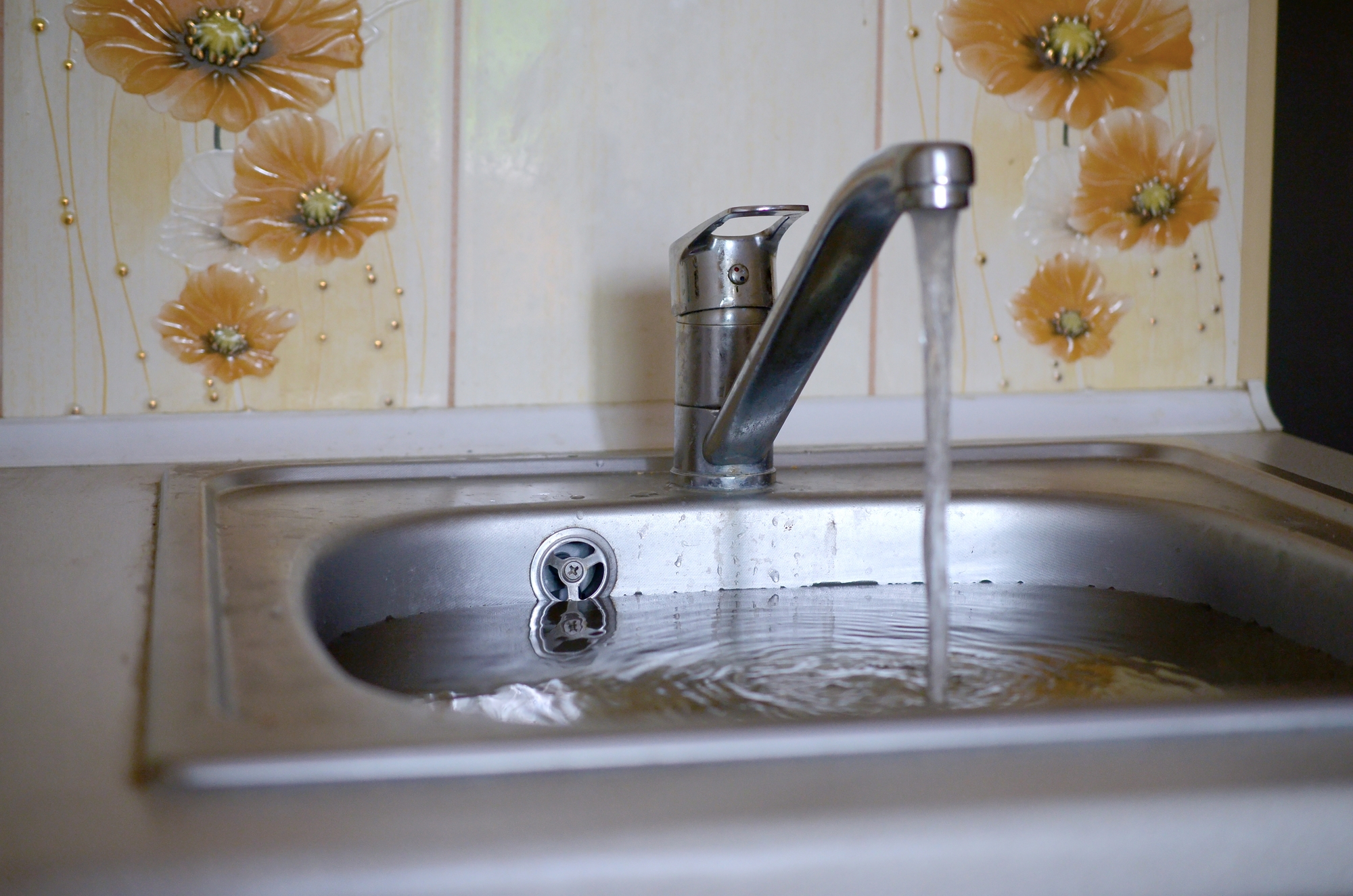
Replace Faulty Pipes
Old and corroded pipes are also a common cause of low water pressure. Over time, pipes can rust or corrode, reducing the diameter of the pipe, and restricting water flow. This type of damage cannot be repaired. Replacing the faulty pipes will not only improve water pressure but also enhance the safety and health of your family.
Replace Fixtures
Finally, you may also improve water pressure by replacing the fixtures. Outdated fixtures may restrict water flow, contributing to low water pressure. Faucets and showerheads are common culprits. Invest in low-flow fixtures that balance pressure with water conservation.
Conclusion
Low water pressure is a common problem many households experience. While the cause can be complex, there are several easy-to-follow tricks and tips that can improve your water pressure. If you have tried all of the measures above, and you still have low water pressure, it may be best to call a licensed plumber who can diagnose and repair the issue. Ensure to only work with a professional plumber who will follow all the necessary safety measures and regulations.
If you experience low water pressure in your home, don’t let it ruin your routine. Try some of the tips and tricks above and improve water pressure in your home today.


